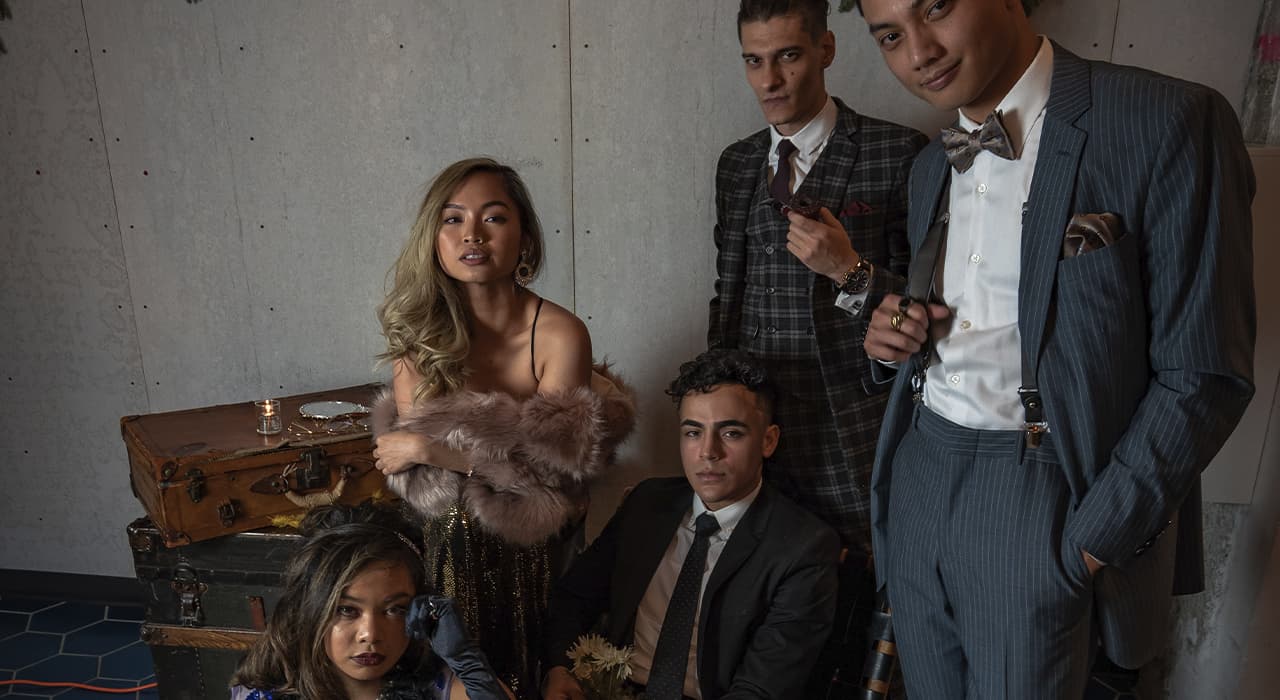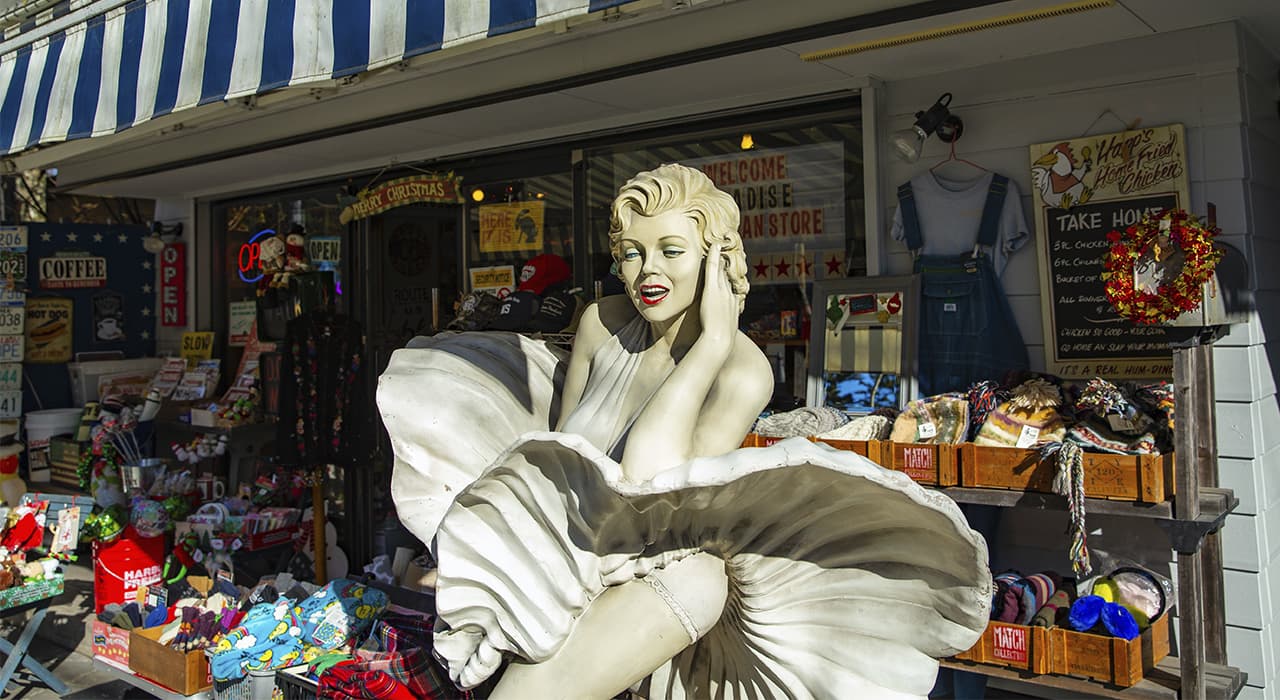“Along with the gangster film evolved the musical…” – that’s what Martin Scorsese said in his documentary “A History of American Cinema”. Moreover, musicals were not only entertainment in those days. They also portrayed the life of the society surrounded by the Great Depression. In an allegorical way, of course. That’s why Scorsese compared the producers of musicals to gangsters – crazy, obsessed and angry. Is it all like that?
The protagonist of “42nd Street” is producer Julian Marsh (the last name alone is telling). He is perhaps the most long-suffering character in this picture. He finally finds the perfect production that could make him famous for the rest of his life. However, his doctor finds he has some kind of illness that will prevent him from doing what he loves. So what, he gives it all up? No. He takes on the production. On the very first day, more than a hundred girls come to the stage to get into the musical, to make themselves famous and to make money. But what can you do when there’s a crisis in the country and you desperately need some work? Naturally, not everyone gets in. Only those who have some talent. And then rehearsals begin. Something doesn’t work out, and the director gets nervous about every little thing. Still, it’s hard to compare Warner Baxter’s character to a gangster. He is most likely the antipode of Tony Camonte from Scarface the year before. Julian is responsible for everyone, adventurous, but lacks self-confidence. He’d rather run through a few options than act at random. Somewhere inside himself, he fears that the show might go bust. Still, it did happen. But what did the heroes have to endure for the sake of their triumph? Lots of things. There was room for the modest Sawyer and her “undressed” men, and for jealousy, and for deception. And here’s the big one. The screening of the new brainchild. And it’s impossible not to describe the beauty that happens on stage. It’s the climax of the film.
Decorated skyscrapers, stores, bars. Beautiful girls dancing in costumes that look like future bikinis (perhaps the most romantic attribute of a woman’s closet was first shown in this film). The songs, the cars…there are a lot of them. I don’t know what the scene had to be like to have a dozen autos piled on it…or if the scene itself is one huge set. Either way, Lloyd Bacon and his assistants managed to make a movie within a movie. Then there are the social peripeteia that goes on in life. Someone is sneaking out of a beer house from the police. A man chases his wife around the room, wanting to kill her. All of this depicts the situation in which American society was in those years. The depression years. “Prohibition, family quarrels over lack of money and unemployment…



